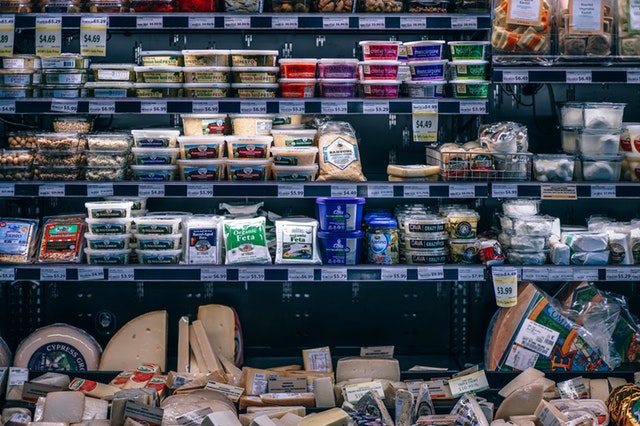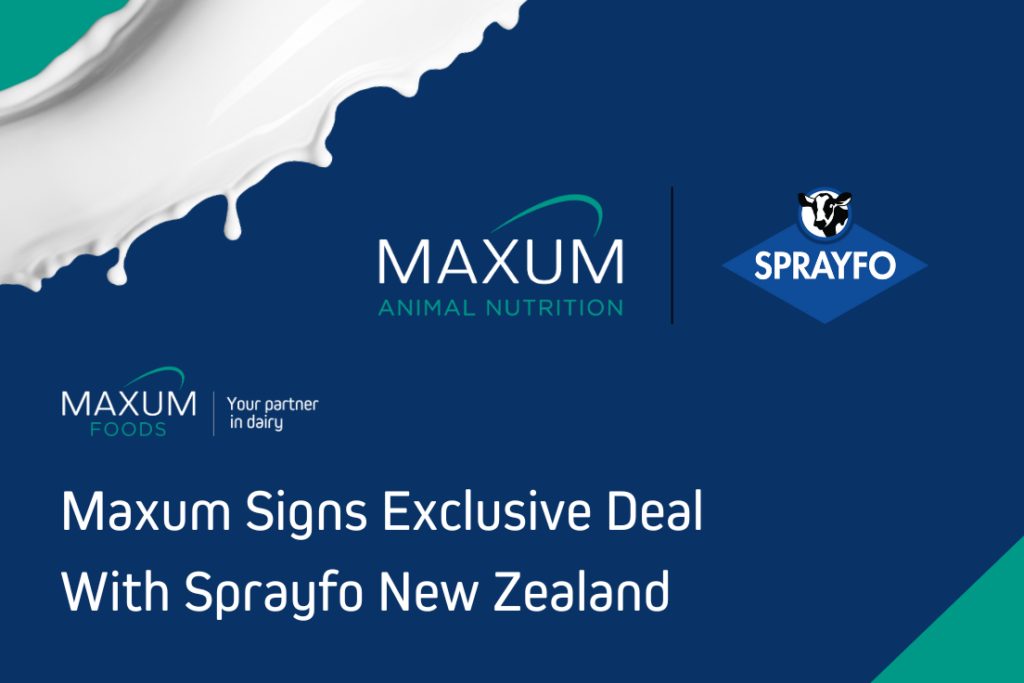Organic, GMO-free, natural and pasture raised are a few examples of niche markets in the dairy industry. Ben Lane a senior economist at CoBank caught up with MILK editor Mike Opperman to explain the report their group recently released which outlines consumer demand shifts in the dairy industry.
“Consumers are looking for more information on where their food comes from,” Lane said. “I think they’ve, over time, found themselves further removed from the farm, and that’s led to them looking for more information about farms.”
The result of that searching means a lot of different things for brands, including the need to shift how things are done, even down to the producer level. Producers are beginning to look at opportunities in local markets, farmers markets and home delivery, according to Lane.
While niche markets are helping producers and processors alike, by definition there’s only so much opportunity there, Lane explained.
“In a lot of cases, it’s not an industry-wide solution,” he said. “It’s something that a limited number of people are going to be able to tap into. Depending on your location, if you’re closer located to consumer centers, that might mean you can literally more directly reach out to consumers. If you’re a bigger dairy, you might see opportunities and things like GMO free, organic, or things like that, where you can create a sense of communicating information about your product to the consumer on a larger scale.”
In general consumers want to feel more connected to the farm, he added.
“Sometimes that means they want information on their label about how the milk was made. Other times, it means they want to go directly to the farmer,” he said.
With the increase of brands trying to meet niche consumer demands, more processors and taking on direct-ship producers.
“I think they’re realizing that in order to meet these unique needs, a lot of times you need to find a producer who’s willing to make that change in the way that they manage the farm, and they’re usually going to need to be paid more to make that decision happen,” he said. “So, you are seeing more of that work where companies are going straight to producers and saying, ‘This is how we need you to produce this milk to meet this need. And we’re going to give you a premium for that.’”
Recommended reading:
Original article sourced from https://www.milkbusiness.com/






